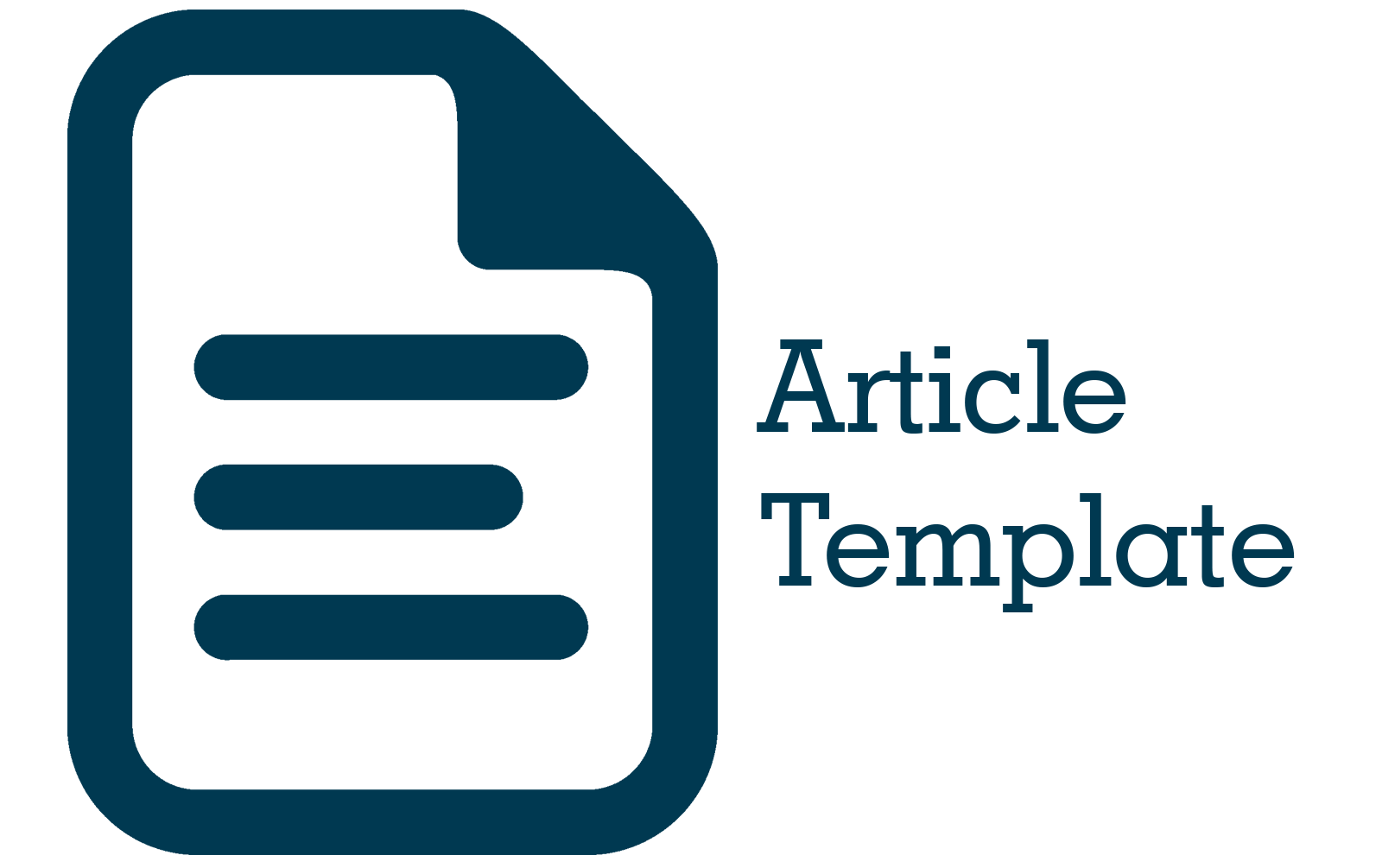Information Journal
Author Guidelines
Authors are required to submit manuscripts online after registering as authors on the website https://ejurnal.sttdumai.ac.id/index.php/arti
For each article submitted, authors must comply with the terms and conditions according to the ARTI Journal guidelines.
You can use this checklist to perform a final check of your submission before sending it to ARTI Journal for review. Please check the relevant sections in the Author Guidelines.
- Is your manuscript written in ARTI JOURNAL format? Please try to follow the format as closely as possible.
- Is your title adequate, and is your abstract written correctly?
- Authors are advised to present their articles in the following section structure: Introduction – Proposed Method/Procedure specifically designed (optional) – Research Method – Results and Discussion – Conclusion. Authors may present complex theorem evidence or unclear algorithm truth evidence after the introduction section (clear theorem & direct proof of theorem NOT required).
- Introduction section: explain the research context and state the exact purpose. The introduction should contain the following three parts:
- Background: authors should explain the context. Ideally, authors should provide an overview of the report's art.
- Problem: if there is no problem, there is no reason to write the manuscript, and there is certainly no reason to read it. So, tell the readers why they should continue reading. Experience shows that a few lines are often enough for this section.
- Proposed solution: now and only now!
- Authors can explain the manuscript's contributions. Here authors must ensure readers show what novel aspects of the author's work.
Authors must place the paper in the appropriate context by citing relevant papers. There should be at least 10 references (recent journal articles) referenced in this section to demonstrate the lack of previous research studies, and the uniqueness or novelty of research on the topic.
- Method section: the presentation of experimental methods must be clear and complete in every detail that facilitates reproducibility by other scientists.
- Results and Discussion section: the presentation of results should be simple and straightforward. This section reports the most important findings, including appropriate statistical analysis results and comparisons with the results of other research, results presented in figures should not be repeated in tables. Here authors must explain in words what they found in the research. This must be arranged clearly and in a logical sequence. This section should be supported by appropriate references.
- Conclusion section: summarize the main research results in a paragraph. Are the claims in this section supported by the results, do they make sense? Have the authors shown how the results relate to expectations and previous research? Does the article support or contradict previous theories? Does the conclusion explain how the research has advanced scientific knowledge?
- If an article is poorly written due to language errors, it makes it more difficult to understand science.
- Please ensure that the manuscript is up to date. It is expected that 20 to 30% of the references are recent papers.
- Is the manuscript written clearly? Is the article interesting? Does the content flow well from one section to another? Please try to keep your manuscript at an appropriate level. It should be easily understood by well-qualified professionals, but at the same time, please avoid explanations of well-known facts (use proper references instead) manuscripts often receive negative reviews because reviewers cannot understand the manuscript, and this is the author's mistake (not the reviewer). Note, if the reviewer has difficulty, then other readers will face the same problem and there is no reason to publish the manuscript.
- Do you have enough references? We typically expect a minimum of 25 to 30 references especially for journal papers, depending on the length of the paper. Textbook citations should be used very sparingly, and web page citations should be avoided. All cited papers must be referenced in the manuscript text.
- Figures and tables. Tables or figure captions and text: since tables and figures complement the text, all tables and figures must be referenced in the text. Authors should also explain what readers should look for when using tables or figures. Focus only on the important points that readers should draw from them, and leave the details to be read by the readers themselves.
Submission Preparation Checklist
As part of the submission process, authors are required to check their submission's compliance with all of the following items, and submissions may be returned to authors who do not adhere to these guidelines.
- The submission has not been previously published, nor is it before another journal for consideration (or an explanation has been provided in Comments to the Editor).
- The submission file is in Microsoft Word file format. The text complies with the stylistic and bibliographic requirements outlined in the Template.
- All references mentioned in the reference list are cited in the text, and if available, URLs for the references have been provided.
- The manuscript has been spell-checked and grammar-checked.
- All illustrations, figures, and tables are placed within the text at the appropriate points, not at the end. Ensure all figure captions (including relevant captions) and table captions (including titles and descriptions) are in the text.















